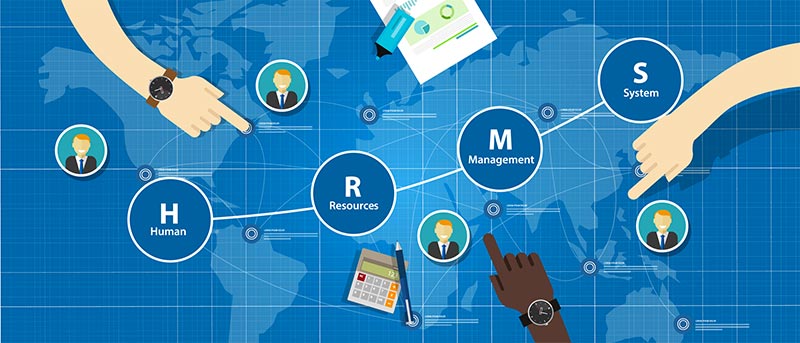Human Resource Information System (HRIS) is a software solution for managing human resource functions within an organization. An HRIS is an integrated system that manages HR-related duties such as payroll, timekeeping, benefits administration, performance management, and recruitment. The primary objective of an HRIS is to automate and streamline HR processes, thereby saving time, lowering costs, and enhancing productivity.
There are four main types of HRIS:
- Transactional HRIS
- Analytical HRIS
- Self-service HRIS
- Collaborative HRIS
Here is a closer look at each one of the HRIS:
- Transactional HRIS
Transactional HRIS focuses on automating routine, transactional HR tasks like payroll processing, employee onboarding, and compliance monitoring. It enables HR professionals to store, administer, and update employee information, as well as generate reports on HR-related activities.
Transactional HRIS is especially beneficial for organizations with a large number of employees, as it enables HR teams to manage their responsibilities efficiently and reduce errors caused by manual data entry. This form of HRIS is also ideal for businesses that must adhere to regulations like the Affordable Care Act and the Family and Medical Leave Act.
- Analytical HRIS
Analytical HRIS focuses on providing data-driven insights to assist HR teams in making informed workforce decisions. This form of HRIS is intended to collect and analyze data on various HR metrics, such as employee turnover, absenteeism, and engagement, and to generate reports and dashboards to visualize the data.
Analytical HRIS is especially beneficial for businesses seeking to optimize their workforce and increase their bottom line. It can assist HR teams in identifying improvement opportunities and developing strategies to resolve them. Additionally, analytical HRIS can assist with succession planning, talent management, and performance evaluation.
- Self-service HRIS
Self-service HRIS concentrates on enabling employees to perform HR-related tasks on their own, such as updating personal information, submitting requests for time off, and accessing benefits information. It enables employees to access HR-related information via a web portal or mobile application, thereby relieving HR teams of administrative responsibilities.
Self-service HRIS is especially advantageous for companies seeking to increase employee engagement and satisfaction. By empowering employees with HR-related responsibilities, they become more invested in their work and feel more connected to the organization. Self-service HRIS can also help companies reduce administrative costs related to human resources.
- Collaborative HRIS
A collaborative HRIS prioritizes collaboration and communication between HR teams and other departments within an organization. It enables HR professionals to exchange information and collaborate on HR-related tasks such as recruiting and onboarding.
Businesses with a decentralized HR structure or multiple locations can benefit greatly from a collaborative HRIS. By permitting HR teams to collaborate, consistency and efficiency can be maintained across multiple locations. By involving other departments in the decision-making process, collaborative HRIS can also assist businesses in adopting a more strategic HR strategy.
In conclusion, an HRIS is an indispensable tool for any organization seeking to improve the effectiveness and efficiency of its human resources operations. Four of the most prevalent types of HRIS are transactional, analytical, self-service, and collaborative. Each type of HRIS offers unique benefits and is tailored to meet particular HR needs. By choosing the right HRIS for your organization, you can optimize HR processes, cut costs, and improve your bottom line.




